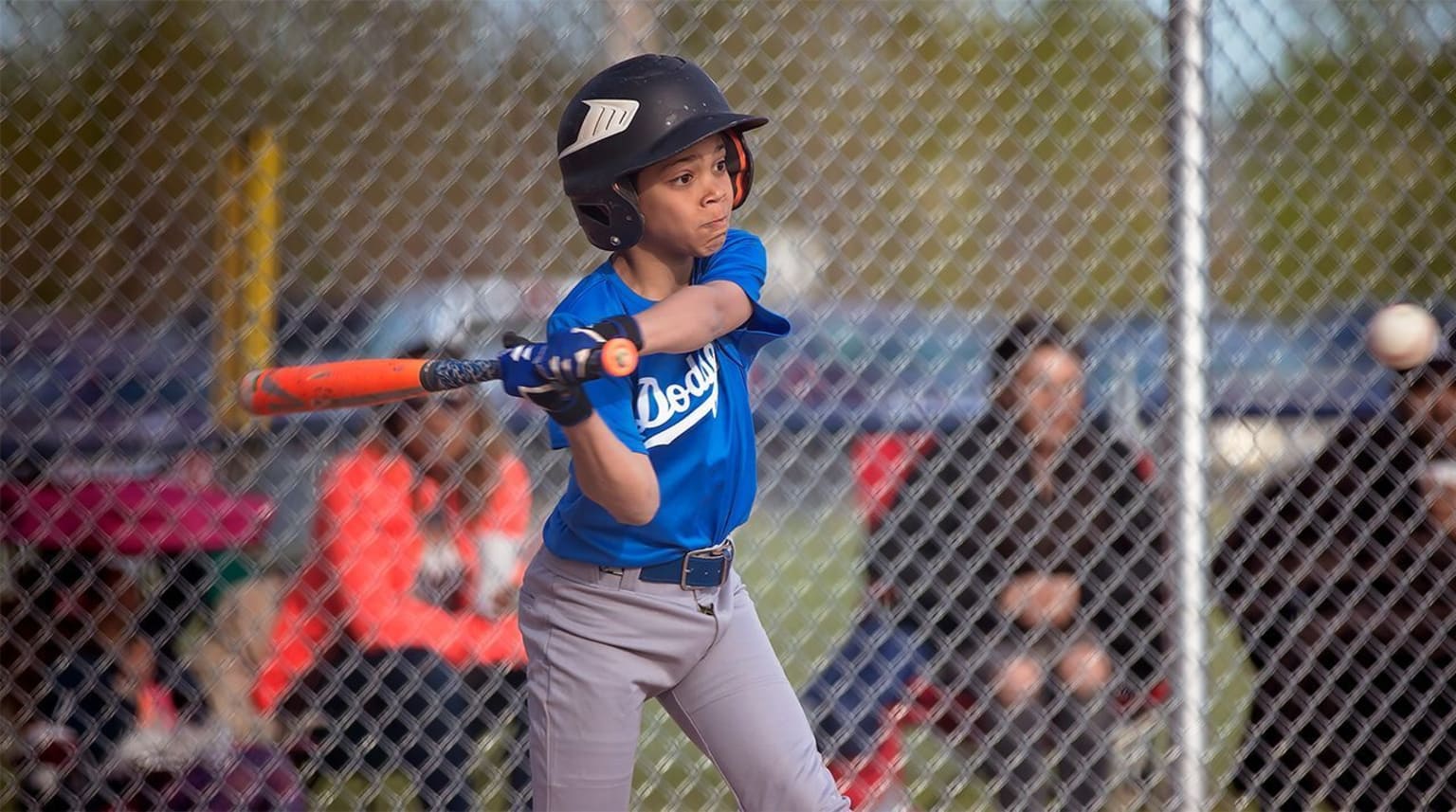The Mental Side of Hitting

Little Leaguers® put a lot of time and effort into the mechanical side of hitting and working with their coaches. However, very few young hitters work on the mental aspects of hitting, or even understand what having a hitting “approach” is all about.
Proper Goal Setting
If you ask 10 high school-age hitters what their goals were at the plate for the upcoming season they would say something to the effect of: “I want to hit over .320, with at least three home runs, and 20-plus RBI.”
It is good to set tangible goals, but it is not rational to think that a batter has any control over what happens to the ball after making contact. After hitting the ball, the result of that contact is completely out of the batter’s hands. The defense may make a great play or the ball may drop. Either way, the batter has zero control over the outcome.
Why then would you coach a batter to set a goal that is out of his or her control?
In the summer of 1990, as a teenager, I played baseball with Baseball Factory President Rob Naddelman. I had a great season that summer and won the league batting title with a .452 average. Rob also had a good year, but he only hit .356. That season, Rob hit a ridiculous number of line drives right at people. It became a joke in our dugout. Rob hit the ball every bit as well as I did that summer, yet hit 100 points less than me. All we could control was hitting the ball hard. The fact that I got an extra 10 balls to drop that season was largely out of my control.
Goals for Hitters
All goals need to be within the batter’s control. Some ideas for great goals each time a batter is at the plate are:
- See the ball.
- Swing at strikes.
- Know what you are trying to do.
- Put a good swing on the ball.
All four goals are the same for each at-bat and within the batter’s control. Stay away from goals like: “Get a good pitch to hit.” Can you really control whether or not the pitcher throws you a good pitch to hit? No, but if batters set a goal of swinging only at strikes, then much more often than not, they will get something decent to hit.
As a college coach, and during my time working with the Baseball Factory, I have been asked what I look for when I’m recruiting or scouting. When coaches evaluate batters, they rate the player’s swing, bat speed, and hitting technique. The batter’s “look” in the batter’s box and “approach” at the plate are determining factors in whether to recruit a player, or not.
If you can teach your players to take control of the “mental side” of hitting, they will greatly enhance their ability to hit. No matter what kind of pitcher they face, players that set goals for each at-bat, develop mental toughness, and build confidence at the plate become consistent hitters.
Matt Schilling is a member of the coaching staff at Coastal Carolina University; and former Baseball Factory instructor.